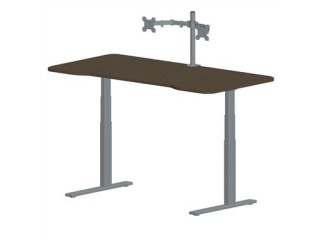How a fuel pump works Aziendale
2 years ago Industriale Bari 260 Visto Reference: 116Location: Bari
Prezzo: Contattaci
A car engine burns a mixture of petrol and air. Petrol is pumped along a pipe from the tank and mixed with air in the carburettor , from which the engine sucks in the mixture.
In the fuel-injection system, used on some engines, the petrol and air are mixed in the inlet manifold .
A fuel pump draws petrol out of the tank through a pipe to the carburettor .
The pump may be mechanical worked by the engine - or it may be electric, in which case it is usually next to or even inside the fuel tank .
Keeping the petrol tank safe
For safety, the petrol tank is placed at the opposite end of the car from the engine.
Inside the tank, a float works an electrical sender unit that transmits current to the fuel gauge, signalling how much petrol is in the tank.
The tank has an air vent - usually a pipe or a small hole in the filler cap to allow air in as the tank empties. Some of the latest systems have a carbon filter , so that fuel fumes do not escape.
How a mechanical pump works
A mechanical fuel pump is driven by the camshaft , or by a special shaft driven by the crankshaft . As the shaft turns, a cam passes under a pivoted lever and forces it up at one end.
The other end of the lever, which is linked loosely to a rubber diaphragm forming the floor of a chamber in the pump, goes down and pulls the diaphragm with it.
When the lever pulls the diaphragm down, it creates suction that draws fuel along the fuel pipe into the pump through a one-way valve .
As the revolving cam turns further, so that it no longer presses on the lever, the lever is moved back by a return spring , relaxing its pull on the diaphragm.














